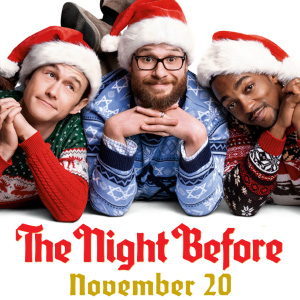Spider Man Homecoming is the 16th movie released by Marvel in their soon to be decade long endeavor to expand the Marvel Cinematic Universe (MCU). Starting back in 2008 with the first Iron Man, Marvel has done an excellent job at keeping a cohesive vision for their universe. The universe they have created is unlike anything ever attempted before, and even though I’m not 100% sure about that, I feel like it is true. I’m sure there have been a ton of books, or movies that have had similar success in keeping a continuous storyline through the years, but I’m almost certain none have done it as successfully, or as, well, cinematically as Marvel and Disney have. Did you know Marvel is owned by Disney? Well just in case you didn’t know; having one of the biggest companies in the world on their side has definitely allowed them to keep production values high, as well as an extremely high standard for the kinds of scripts they are creating for these films. It may sound like I’m a huge fan of Marvel but I didn’t even know who Iron Man was until I first watched the movie in 2008. Also I have never seen any of the Thor movies, simply because they don’t interest me. However, movies like both of the Avengers, and the last Captain America, have changed my mind and I will definitely be going back and watching everything I have missed from the MCU so I can know everything. This universe has me completely riveted. Finally, getting to the topic at hand, Homecoming continues to deliver extremely high production values as well as providing the audience with yet another Spider Man origin story that is definitely welcome on all levels.
Story-wise, Spider Man is above all else, respectful of the audience’s previous exposure to the source material. There have been five full-feature Spider Man movies in the past 20 years, starting with Spider-Man in 2002. This attempt at keeping a cohesive story-line and cast lasted until 2007. In 2012 we got the Marc Webb films “The Amazing Spider-Man” in 2012, and its sequel in 2014. Now we get a new “beginning,” to Spider-Man, and thankfully we’re spared our neighborly hero’s sad origin story. There is no getting bit by a radioactive spider. There is no family drama that keeps this movie from being simply a rehash of what has been done many times before on the big screen. What we do get is a deep look into the mind of a 15 year boy with superpowers and how he struggles to balance his life with school, friends, romance, and his inner calling to do something good for people. Homecoming exceeds tremendously on this front. Spider-Man is brought to the ground hard. He doesn’t have years of experience swinging around buildings. He doesn’t know what to say to bad guys when he finally catches up to them. He is awkward, and inexperienced, and it’s awesome. Way too often are superheroes made to be these perfect beings who can do no wrong, and know all the right answers. The MCU completely breaks away from that and is trying to show us how these “superheroes” are nothing more than regular people trying to make the right decisions for themselves and everyone around them. A lot of the time, these are tough decisions where there is no win-win scenario. Someone always ends up losing more.
Spider-Man: Homecoming finds itself in an interesting time and place. There have been few franchises that have redone the origin story of a superhero with a budget as high as this one. It also finds itself, smack in the middle of a universe where there are so many stories taking place at the same time that it’s kind of hard to believe it all works so well. This film respects the audience and bring a few new tricks to the Spider-Man lore and universe that people are used to. There is intrigue, romance, and awesome superhero action that keep you at the edge of your seat. The humor hits all the right notes, and you truly feel like Spider-Man is put through the necessary trials that will make him the superhero we all know and love. Getting glimpses of Tony Stark, and the alien technology from “The Avengers,” and beyond, really makes you think back to those movies and what has happened to get us where we are today. I only hope the MCU can continue to maintain such a high standard for storytelling as well as overall amazing film-making. If they keep going down this path, the MCU will probably go down as one of the best and longest-running pieces of film/art ever created.
I give this movie a 9/10.
Thanks for reading!
Reviewed by: Edwin R.R.









